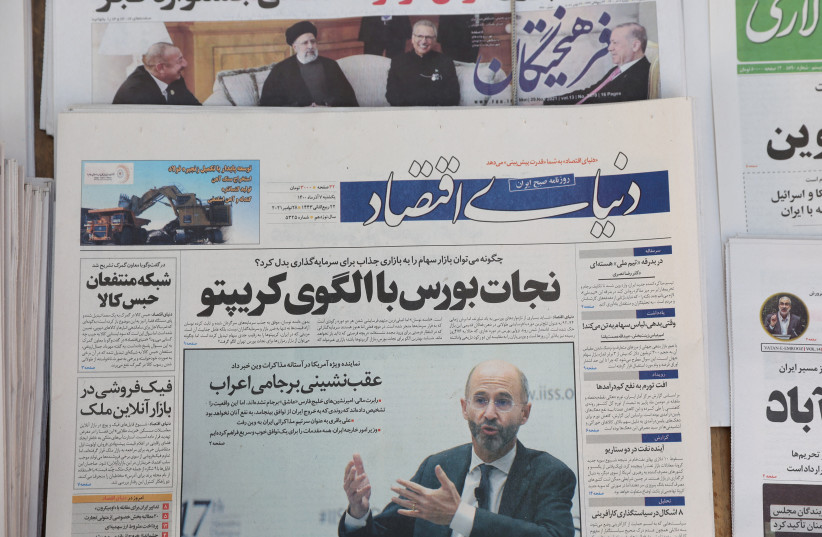In late August, the messaging from both the US and Iran was that a joint return to the nuclear deal was all but signed.
Suddenly, in early September, everything fell apart like a house of cards.
And yet, there were still many who echoed optimism that a return to the deal was only delayed until after the US midterm elections in early November.
Now, even that optimism is quashed, and all signs are to an extended period with no negotiations.
How did things go sideways when they were so close and why is there no optimism now about a quick return to a deal in mid-November or early December?

First, we need to remember what brought the initial wave of optimism after negotiations had been frozen for several months as Iran Supreme Leader Ayatollah Ali Khamenei had fought to get the IRGC delisted from the US terror list.
It was when Iranian officials started to say that was not crucial for them and completely stopped talking about the IRGC delisting issue that diplomats got optimistic.
In addition, Tehran had tried and failed to get the Biden administration to give Iran a guarantee for remaining in the deal beyond his presidency.
Limited discussion
Later, the guarantees being discussed were more limited, such as getting back billions of dollars frozen in South Korea and commitments by the US to allow Western private companies to maintain new contracts with Iran for some period of time, even if the US might later pull out again.
These were “poor man’s” guarantees since the South Korean money would only go to Iran once it has reduced uranium enrichment from 60% to 20% - a tradeoff offered by France many times in recent years which Iran had repeatedly rejected.
Even the “guarantee” for companies could have been easily repealed by a new US administration if the circumstances came together in a certain way.
The fact that the Islamic Republic’s diplomats continued to make positive statements even as the West rolled out these details of a deal which fell far short of what the ayatollahs had demanded gave negotiators optimism.
Everything fell apart
Then it all fell apart in early September, seemingly over the issue of the IAEA probes into three locations where Iran was caught with illicit nuclear material.
It seems Khamenei had anticipated that if he signed a deal that all of the probes would magically go away as happened upon the signing of the JCPOA in 2015.
Although Western negotiators thought they had finnessed the issue by putting off aspects of Iran’s obligations and confronting the IAEA probe issue at the 60-day and 165-day crossover points, Khamenei had other plans.
Still, Biden administration officials in September spoke about returning to negotiations after the US midterm elections.
Looking weak in the midterms
Sure, they did not want to look weak going into the midterms and give the Republicans an issue to hammer them on (since many Democrats and independents have been critical of cutting deals with Iran), but as soon as the elections were done with, the Biden administration would do whatever they needed to cut the deal.
If that was conventional wisdom by some in early September, US chief Iran negotiator Rob Malley put that expectation to bed in his Monday interview with CNN.
In the interview, he said, “The reason the talks are at a standstill and an impasse and why they're not so far moving at all, and why they're not the focus, is because Iran has taken a position in those talks for the past two months, which is simply inconsistent with a return to the deal. They're making demands that have nothing to do with the JCPOA. And as long as that's the case, the talks will be stopped.”
This is messaging of hunkering down for a long haul of frozen negotiations.
Unless Khamenei is ready to reverse himself on allowing aspects of the IAEA probes remain open, there is no telling how long the freeze could go on for.
Of course, the freeze could also be broken by a major escalation by either side, but as of now, it seems both sides prefer an unstable status quo with a possible return to a deal as a possibility, over a full-scale blow up.
It turns out that in the 18 months since the nuclear negotiations re-started in April 2021, there have only been six to eight months of actual negotiations and the vast majority of the time things have been frozen.
In that sense, the optimism of diplomats from August has been erased, and the next several months could be more of the same.
